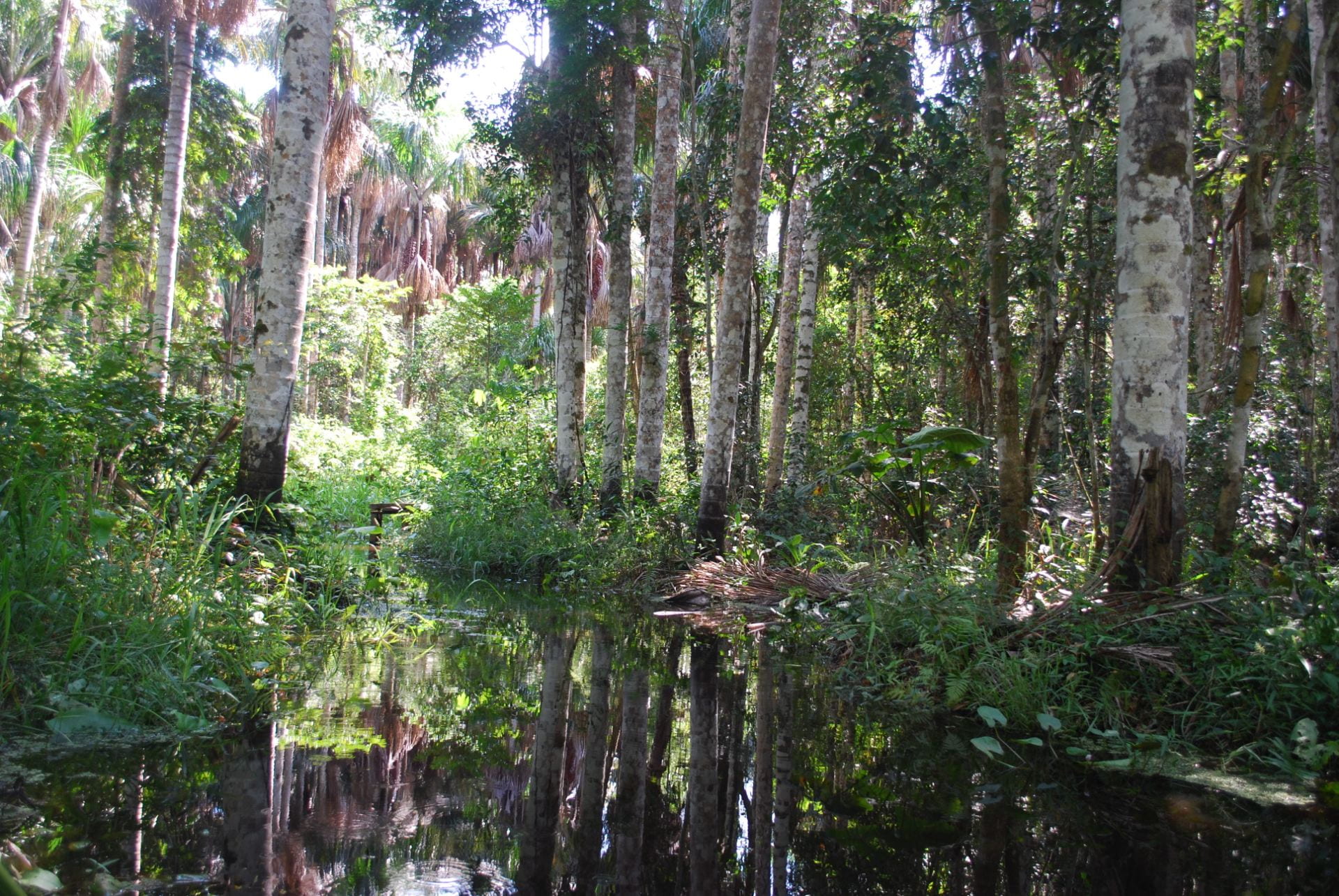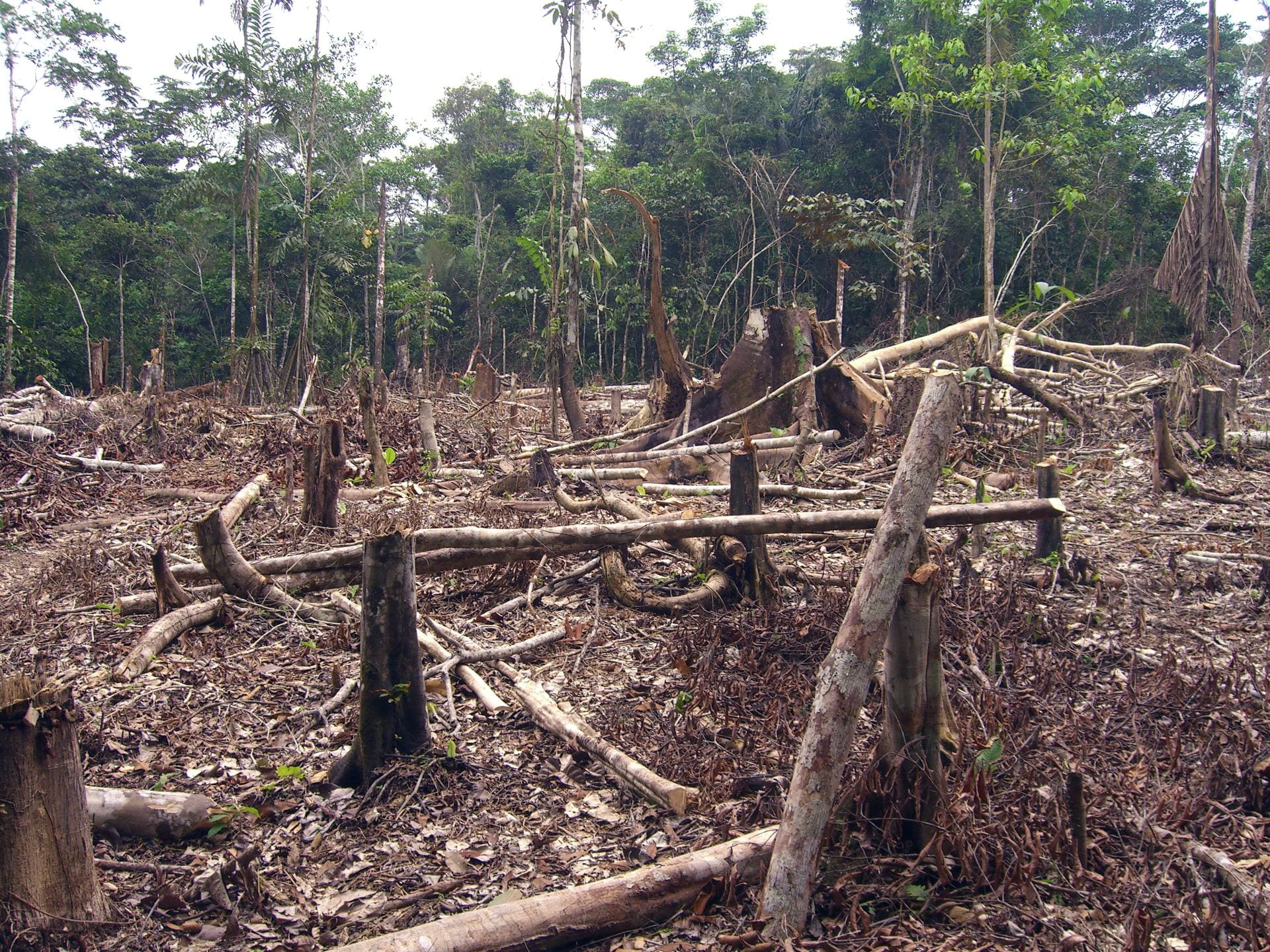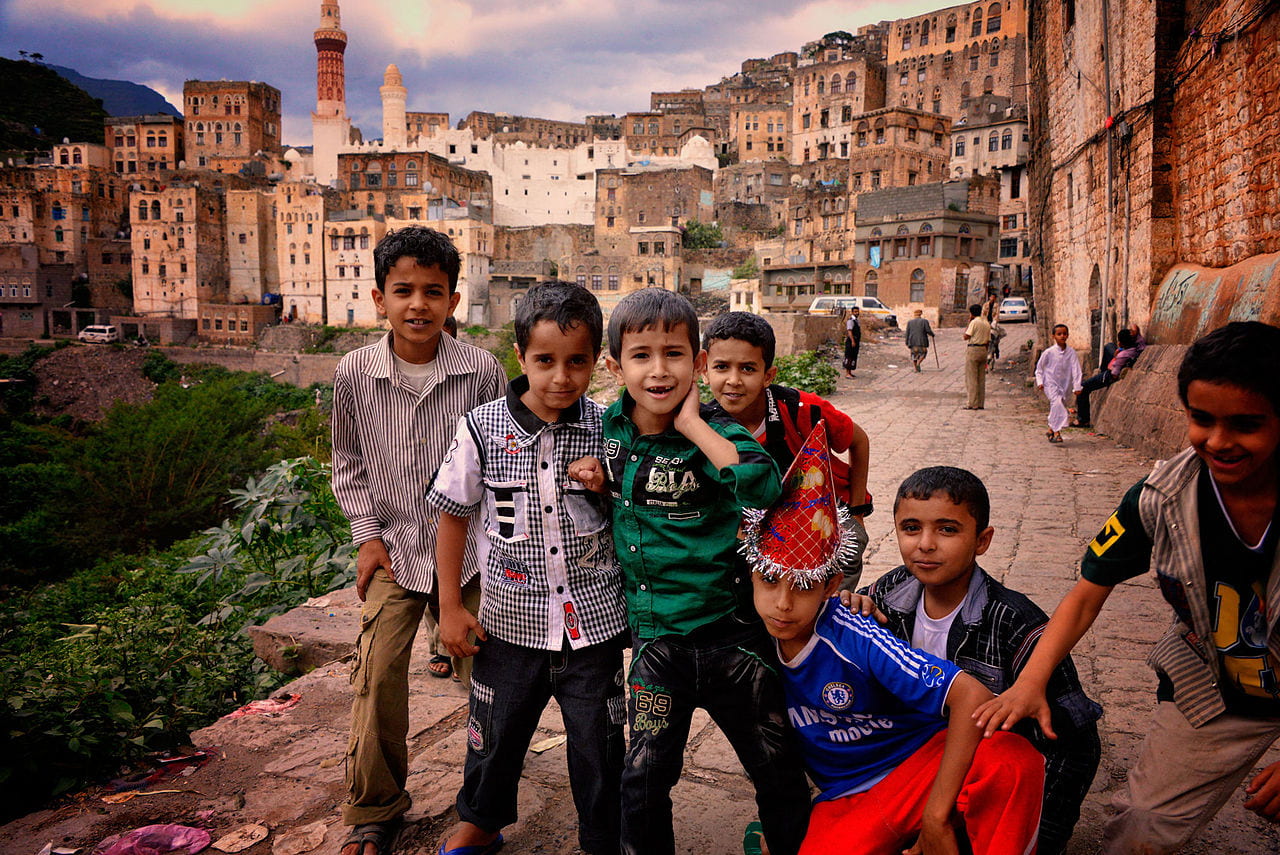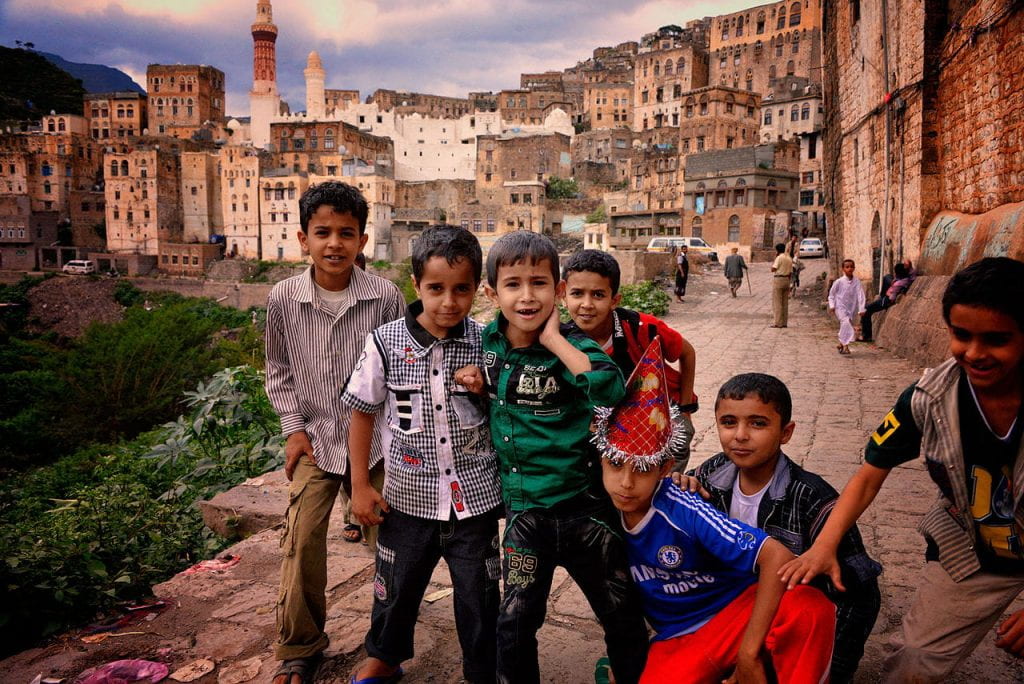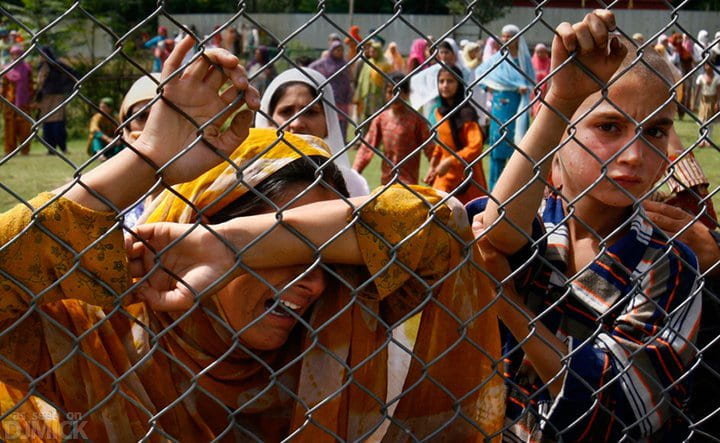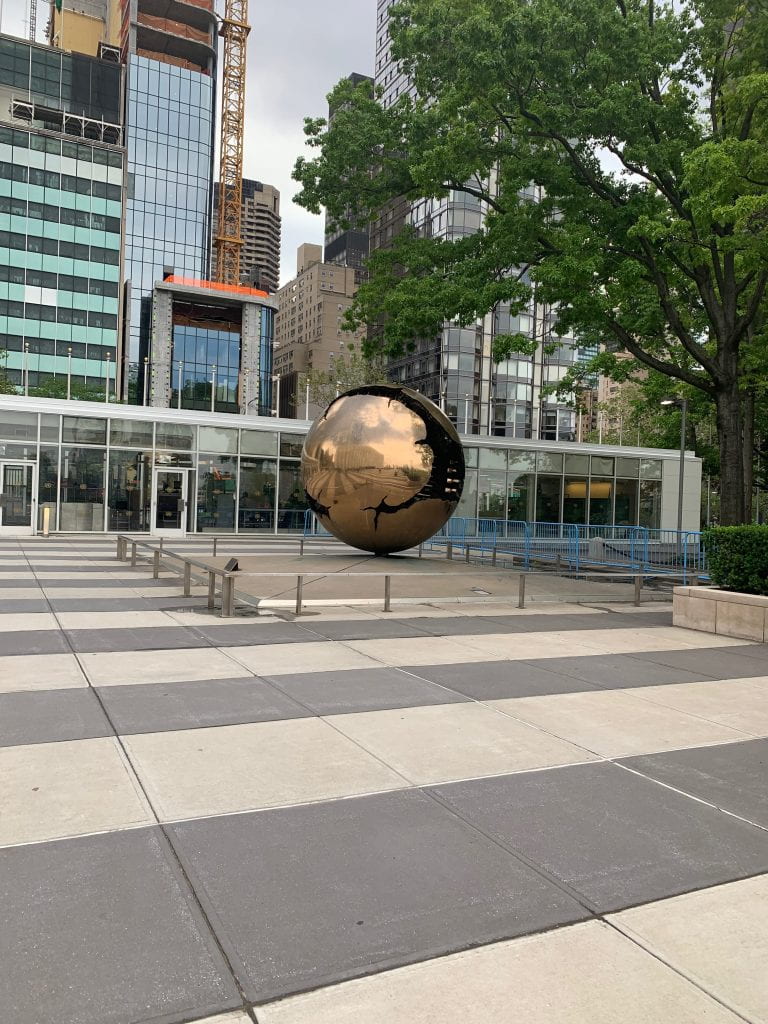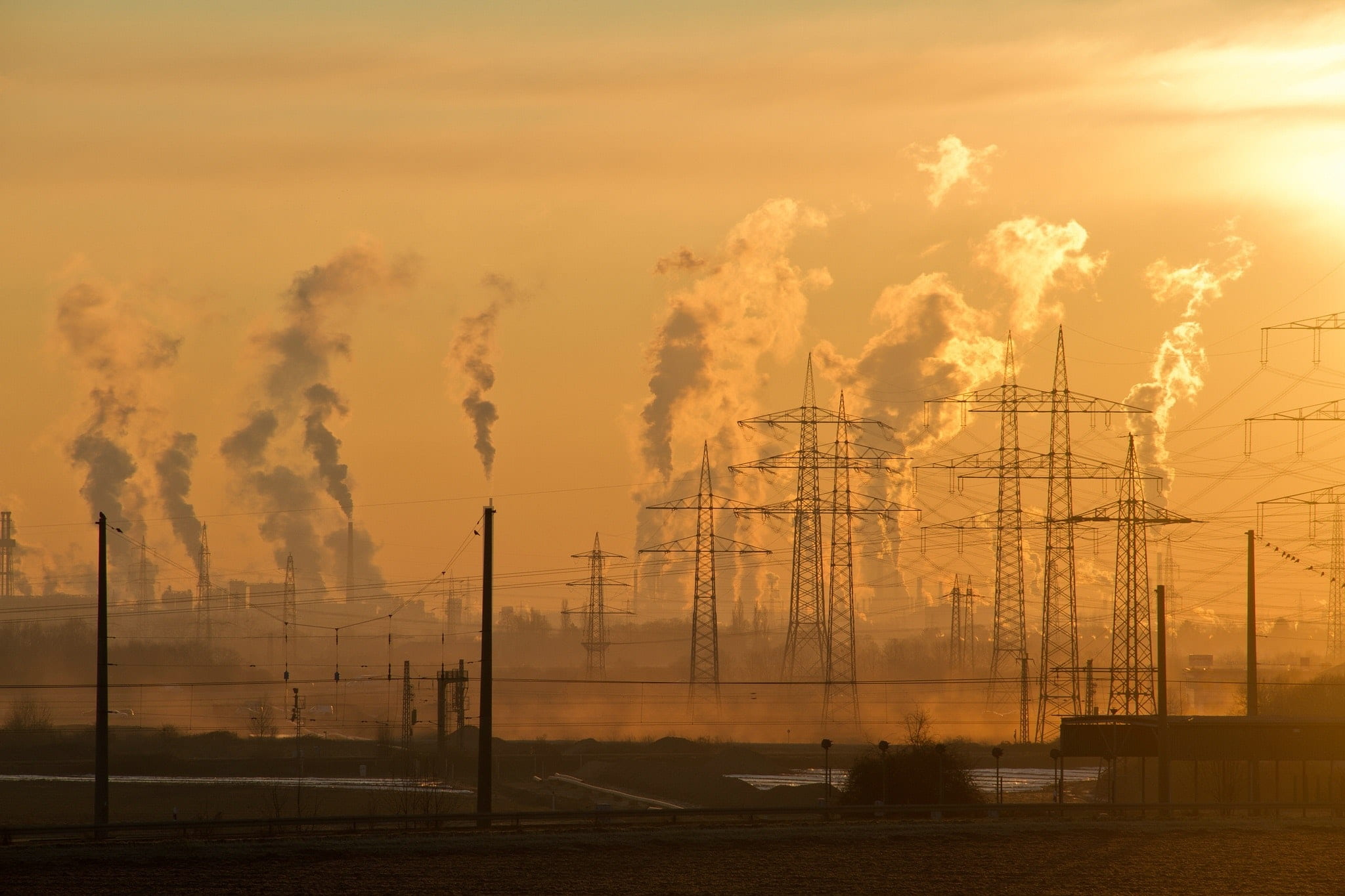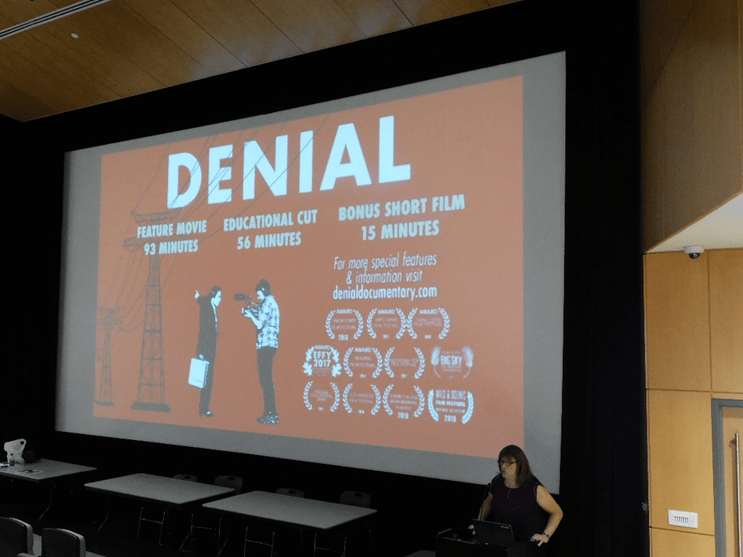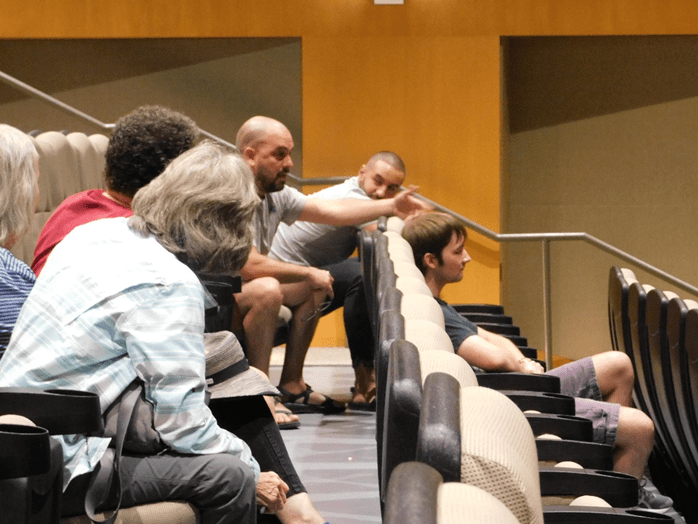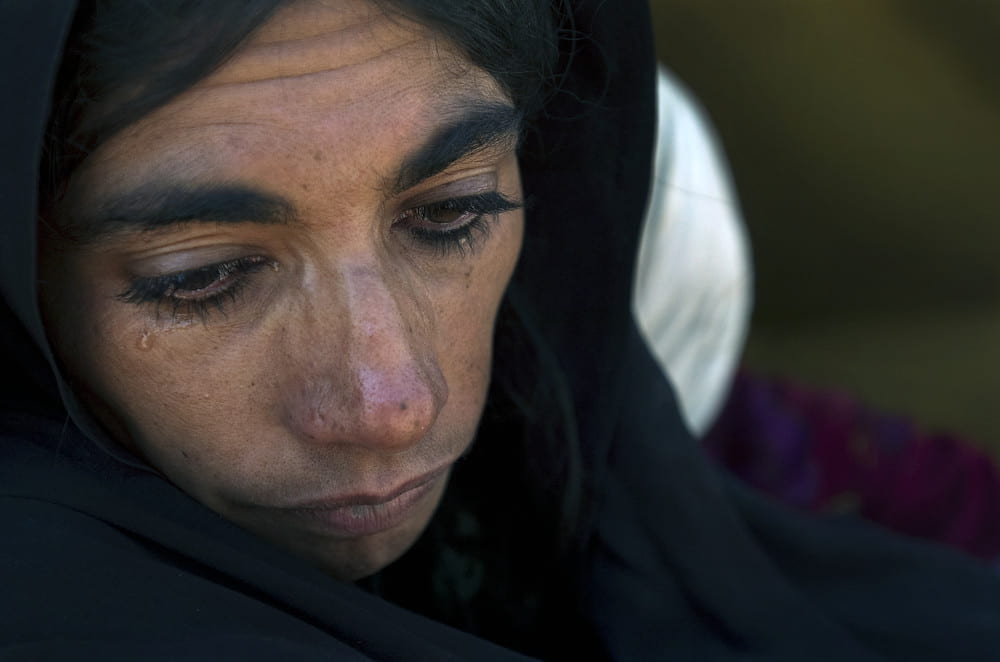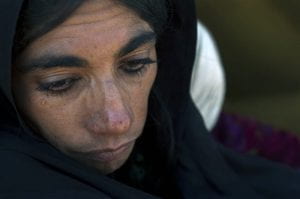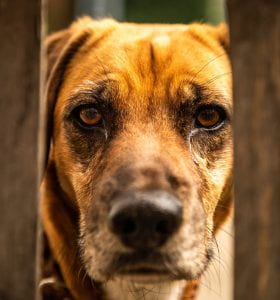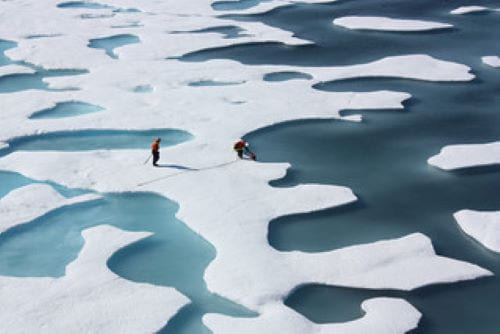
When I first heard the report that President Trump was working to try to buy Greenland, I was so taken aback that I checked to make sure I was not listening to an article put out by the satirical news outlet, The Onion. Sure enough, I was listening to my NPR podcast and the President attempting to buy another country could in no way be described as fake news. A little more research into this interesting political maneuver revealed the true intentions behind the President’s financial offer to Denmark. Geopolitics are suddenly playing a massive role in climate change as countries prepare for a world with significantly higher sea levels than we are currently experiencing. This is unfortunate as major powers are focusing on investing money and resources on being prepared for the after effects of climate change instead of focusing on fixing the crisis itself. Greenland’s proximity to the Arctic Circle gives the country who owns it, currently Denmark, a claim to the continental shelf that runs under Arctic ice and thus a stake in the trade route that will be unveiled as the ice continues to melt. Ownership of Greenland would allow the United States to gain an important leg up in the race to control the Arctic.
It is indisputable that the planet is progressively getting warmer, and that humans are a direct cause of the continued warming. Green house gasses and carbon emissions produced by the world’s top producing countries directly contribute to a decrease in the expanse of ice caps and in an increase in ocean levels around the world. Average global sea level has a pattern of rising and falling over the centuries of Earth’s existence. The most recent global sea level rise, the one we are experiencing now, has proven to be significantly more rapid than past circumstances. Scientists have noted that should the current rise in sea levels continue, continental coastlines will become drastically different. World leaders do have an incentive to ignore the serious ramifications of the melting arctic ice caps in favor of the possibility of new trade routes over the top of the world. Once the ice caps melt, it could be possible for ships to travel through the Arctic without the need for ice-breaking machines.
The new trade route in question is the Northern Sea route, a route already used during the summer months but that many trade dependent nations are hoping will be open year-round. It extends from the Barents Sea (Russia’s border with Norway) to the Bering Strait (between Serbia and Alaska). Current shipping lanes require ships to start from the Mediterranean, continue through the Suez Canal, and finish through the Red Sea. With this current route, ships travel over 13,049 miles over the course of approximately 48 days. The Northern Sea Route would reduce the transit time for ships by 10 to 15 days.
It is becoming increasingly clear to major power countries that border the Arctic ice caps, such as the United States, Canada, and Russia, how strategically important control over the developing trade route could be. As of yet, Russia has been the fastest actor. Russia has the most stake in the Arctic Circle, despite the United States and Canada having claim to a large portion of the Arctic. The superpower went as far as to plant a titanium flag on the bottom of the Arctic Ocean, on the North Pole in 2007. More recently, Russia has been maintaining multiple military bases within the Arctic Circle that include over 50 ice-breaking machines. Along with the increased military presence of Russia in the Arctic, the civilian presence has increased. Nearly two million Russians live in large cities created in Russia’s Arctic territory. In comparison, the United States maintains a singular airfield in the Arctic, on land that technically belongs to Greenland, and the largest United States town of Utqiaġvik houses a population of a little more than 4,000. President Trump’s attempt to obtain the island of Greenland as part of the United States shows the US beginning to counteract Russian presence in the Arctic. Tensions are slowly rising, and many analysts have reason to believe that a major conflict over territory and control of a consistently melting Arctic could arise in the next decade.
It is clear that these nations have been paying attention to the melting ice caps but none of the countries’ representatives have presented an adequate plan for counteracting the issue. In 2015, 195 world powers signed the Paris Agreement, the goal of which was to limit the rise of global temperatures to 1.5 C above pre-industrial levels instead of the forecasted 2 C. During this 2015 conference, the United States promised to reduce its carbon dioxide emissions by 2025, Russia did not ratify the agreement, and Canada promised to reduce its annual greenhouse gas emissions below that of 2005 levels: 30 per cent below by 2030. Canada and the United States made bold commitments and led the way for other countries to do the same.
However, these commitments have not been fulfilled. In the United States in 2018, emissions rose to an estimated 3.4 percent. A country that was once considered a leader and role model in the fight against climate change has all but withdrawn from the fight. The President of the United States, Donald Trump, has even announced plans to officially abandon the Paris Agreement and has simultaneously removed carbon-reducing regulations set in place by the previous administration. The Prime Minister of Canada, Justin Trudeau, has recently announced that not only is the country on track to meet this goal, but will also undoubtedly exceed it. The claim has brought hope to many environmental activists that Canada could replace the United States as a leader in fighting the climate crisis. However, reports from within Canada dispute Trudeau’s predictions. The Environment and Climate Change Canada’s January 2019 projection has predicted that with current and upcoming climate policies, Canada will barely reach 19 per cent below 2005 levels by 2030.
Russia’s response to the climate crisis has been lackluster at best and the Climate Action Tracker rates Russia’s target emissions at the lowest rating, “Critically Insufficient.” In September of 2019 the United Nations held a Climate Conference in New York where world leaders re-evaluated prior commitments and could choose to update their emission goals. Canada pledged to reach net-zero emissions by 2050. This is an admirable goal, but leaders have not yet put forth a plan to achieve the emissions rate. The United States was largely silent in the discussions and did not provide any new promises to reduce emissions. Surprisingly, Russia agreed to ratify the Paris Agreement at the 2019 Climate Conference.
The United States, Canada, and Russia are countries that have a very large sphere of influence and it is disheartening to witness these superpowers focus energy and resources on exploiting a disastrous effect of climate change instead of working towards preventing and ending the warming of the planet. Should the ice caps melt fully, yes, a new trade route would be opened, but millions of people would be affected by the rising waters. The human habitat would be drastically affected along coastlines; more than a hundred million people live along coastlines or within range of the newly predicted coastline and many people live on the decreasing ice caps themselves.
In the race to establish territory in the Arctic, conflicts between very powerful nations could arise and citizens of the world are largely being left out of the conversation. Should the ice caps continue to melt at the rate that supporters of the new trade route are hoping for, the people who call the ice caps their home will be left with limited options and the countries who are laying claim to the Arctic are not providing any options for them. Arctic bordering countries like Russia, the United States, and Canada recognize the opportunity to gain political, economic, and strategic advantages over other major powers. The conflict that is arising from this recognition is another effect of climate change and should violence erupt in the North, the citizens of all of the included countries as well as separate countries could be affected. It is easy to acknowledge how rising water resulting from ever warming ice caps could contribute to loss of land and increased flooding. However, it is important to recognize how global warming will affect human rights in other ways, such as increased reasons for conflict between major powers around the world. President Trump offering to buy Greenland is an evident sign of a growing issue across the world, validating the concern that global warming can and will negatively impact human rights in more ways than usually understood.


